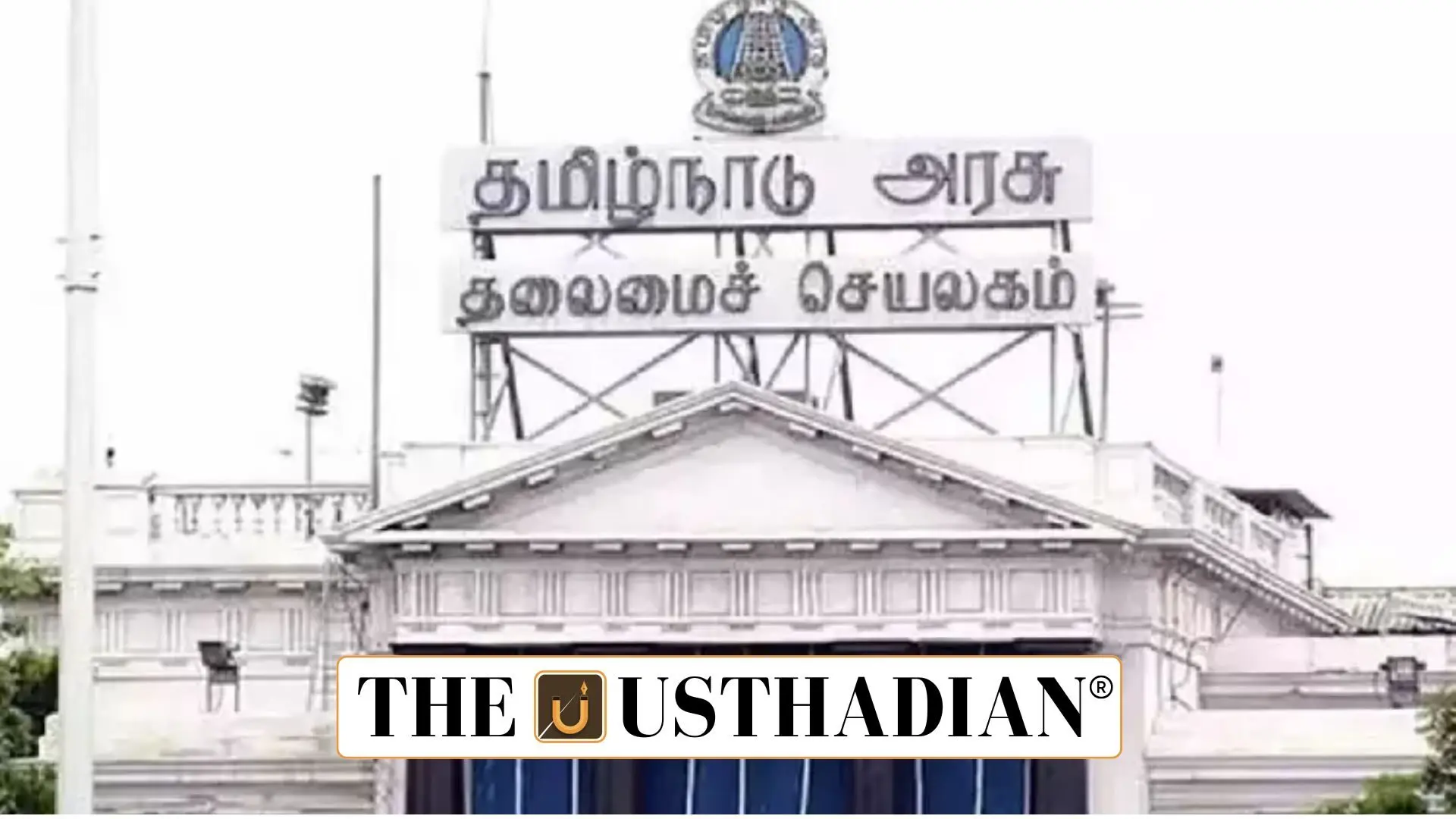A Bold Move in Urban Transformation
Tamil Nadu’s Urban Overhaul: 13 New Municipalities and 25 Town Panchayats Announced: The Tamil Nadu government has taken a major step to reshape its urban governance. In 2025, it has proposed the formation of 13 new municipalities and 25 new town panchayats, along with the merger of 29 village panchayats. This isn’t just a bureaucratic reshuffle—it reflects the state’s intent to adapt to rapid rural-urban shifts and ensure better public service delivery.
Why the Change Was Needed
Over the years, many village areas in Tamil Nadu have evolved into mini towns, with banks, industries, and schools replacing farmland and huts. Yet, these places continued to be governed as rural panchayats, which limited their access to urban infrastructure funds and administrative autonomy. By upgrading them, the government is aligning governance with ground realities, making sure urbanising zones don’t miss out on development schemes like AMRUT or Smart Cities.
New Municipalities: Powering Local Growth
Thirteen fast-developing towns have been earmarked for municipality status. These include:
- Kanniyakumari, a coastal tourism hotspot.
- Harur, a growing town in Dharmapuri.
- Perundurai, known for its industrial belt.
Municipalities are urban local bodies with greater powers than town panchayats. They handle planning, sanitation, solid waste, street lighting, and more. These towns will now receive better funding and governance tools to manage their growth.
Town Panchayats: The In-Between Zone
Twenty-five regions, including Yercaud, Kalayarkoil, and Thirumayam, will be classified as town panchayats—a governance model for places transitioning from rural to urban. Town panchayats ensure that semi-urban areas receive timely development in drainage, roads, schools, and public health, even if they are not big enough for municipality status yet.
Merging Village Panchayats: A Logical Next Step
Alongside these upgrades, the government plans to merge 29 village panchayats with newly created town panchayats. This streamlines governance, avoids duplication of services, and ensures coordinated development in fast-growing clusters. Shared services like transport, waste disposal, and electricity supply become more efficient when the regions are managed under a single urban local body.
For Residents: More Services, More Responsibility
People living in these upgraded areas can expect:
- Better roads, public toilets, streetlights, and drainage systems.
- Faster issue resolution due to structured local bodies.
- Increased job opportunities through state-backed urban schemes.
But they will also face higher taxes, building regulations, and stricter civic compliance. As their status changes, residents must become active participants in local governance through ward committees and property documentation.
Real-Life Examples of Why It Matters
Take Perundurai, a fast-industrialising hub. Municipality status would allow it to develop transport hubs, housing zones, and better civic planning. Or look at Yercaud, a tourist hill station overwhelmed during peak seasons. A town panchayat can help it handle waste, sanitation, and tourist inflow better than a rural panchayat ever could.
STATIC GK SNAPSHOT FOR COMPETITIVE EXAMS
| Topic | Data / Fact |
| New Municipalities Proposed | 13 |
| New Town Panchayats Proposed | 25 |
| Village Panchayats Merged | 29 |
| Example Municipality | Kanniyakumari (southernmost point of mainland India) |
| Example Town Panchayat | Yercaud (hill station in Eastern Ghats) |
| Urban Local Body Hierarchy | Village Panchayat < Town Panchayat < Municipality |
| Major Urban Schemes Linked | AMRUT, Smart Cities Mission |
| Purpose of Reorganisation | Align local governance with urban development and population growth |








